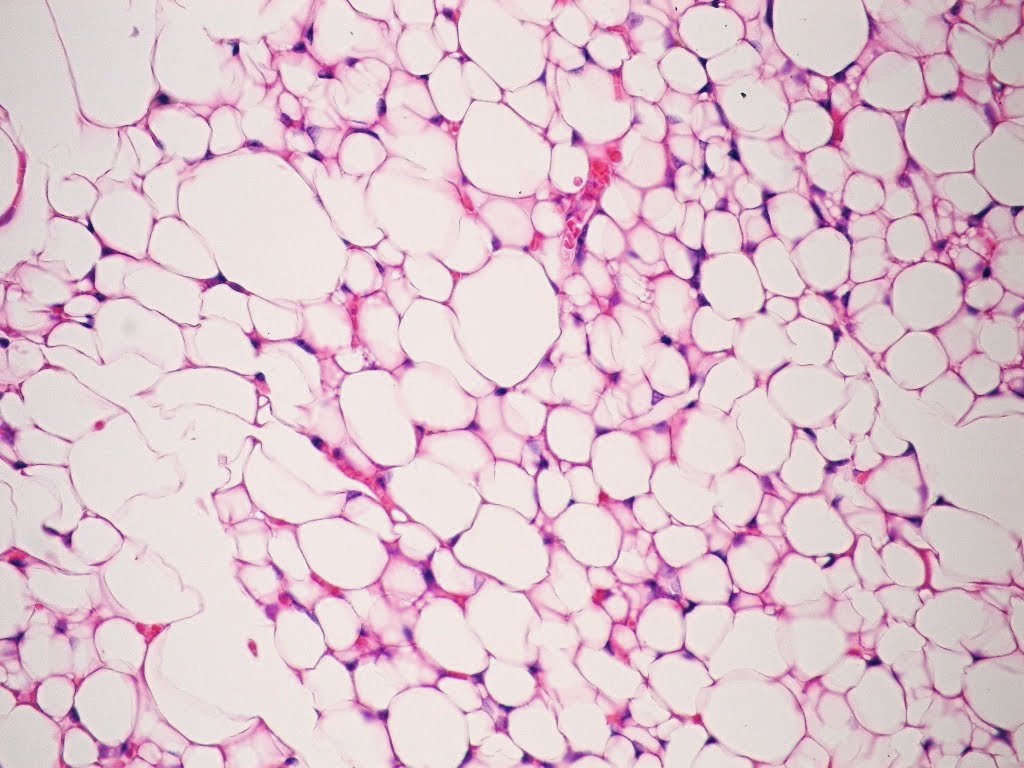
In the last few decades, obesity has become one of the main causes of death and disability, therefore threatening many of the health-related achievements that have been made in the past century. Obesity is defined as an excess of fat, not of body weight. For this reason we must analyze in depth the working and the mechanisms of fat compartment regulation, also known as “adipobiology”. There are fundamentally two types of adipose tissue, i.e., white and brown, which differ in terms of their cell origin and primary location, as well as in terms of their molecular and functional characteristics and physiopathological implications. While brown adipose tissue primarily participates in thermogenesis, white adipose tissue is the most abundant kind in adults, forming the largest energy reservoir of the body. Adipose tissue with characteristics of both brown and white adipose tissue, referred to as “brite” (the contracted form of “brown” and “white”), or beige, has recently been identified.
Adipose tissue is considered to be an extraordinarily active endocrine organ. Therefore, understanding the underlying molecular mechanisms of adipose mass regulation and metabolism is a key element for being able to further understand how it words and is controlled, for identifying possible therapeutic targets and for preventing the development of obesity.
See spanish website for furher information about research groups participating in this program.